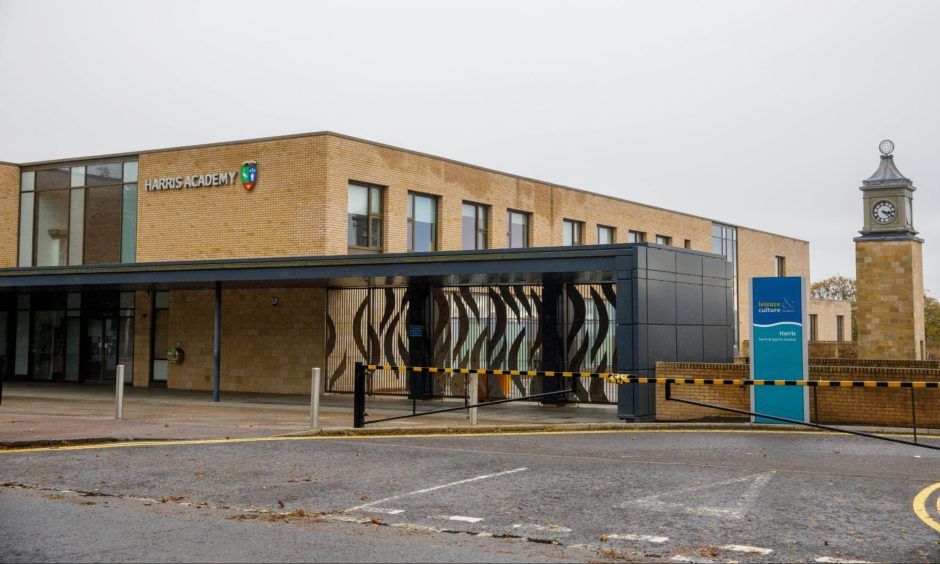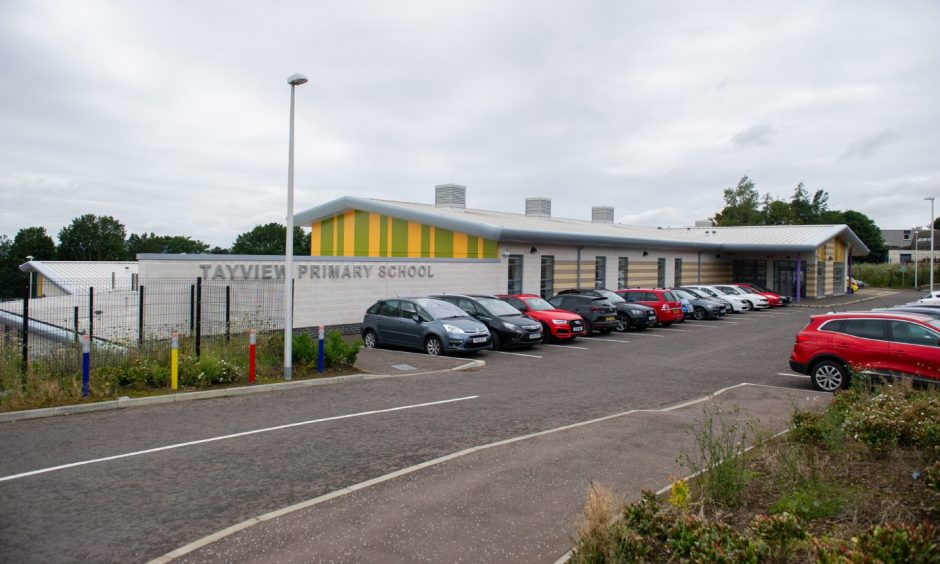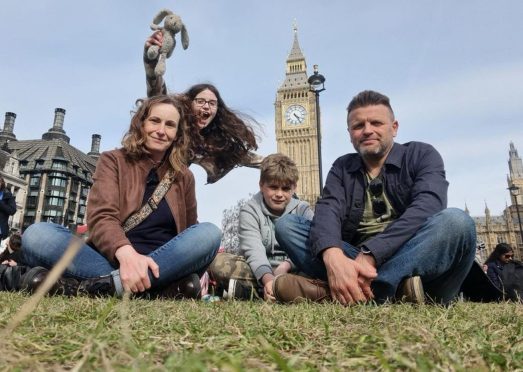Four years on from the first Covid lockdown Dundee schools – like those across the country – are continuing to pick up the pieces.
A decline in attendance in secondary schools accelerated after not one but two closures, and previously steady attendance in primary schools dropped suddenly.
Schools closed for three months when the UK went into lockdown on March 23, 2020, and for several weeks in January 2021. Exams were cancelled.
Mental health issues were brought into sharper focus among older children and young people.
And some younger children show the consequences of a lack of social contact as toddlers, including difficulties with speech and language and making friends.
Three city educators told us of the issues which persist post-pandemic and what’s being done to support those children and young people who didn’t bounce back.
Harris Academy head teacher Barry Millar said improving attendance remains a priority and that links with families are still being bolstered.
Tayview Primary School head teacher Lesley-Anne Weir spoke of the nurturing approach used in primary schools where some children simply want to stay at home.
And Harris guidance teacher Andy Cunningham described how creative timetabling means not all pupils have the seven-period day they would have before.
Mr Millar said: “Attendance is lower than it was post-pandemic across all year groups. That’s not a Dundee issue, it’s national.”
The school is working with parents to emphasise the impact of absence on pupils’ performance and, ultimately, the qualifications they leave with. Better links with families, he hopes, will lead to better attendance.
Mr Millar said: “Relationships with families were not broken by Covid but they changed quite dramatically.
“If you think about things like parents’ night, engagement events in the school going, that’s a vast majority [of parents] that don’t have the same relationship with the school as they did before.
“People don’t know us as well. Until last academic session our third year families had never been in the building.
“That’s something we are still working to get back on track. The city proactively has a lot of resources focussed on attendance.”
This work includes studying the data around attendance, including analysing patterns and demographics, to determine where early intervention is necessary.
Anxiety can be a major factor in poor attendance, and Mr Cunningham said creative approaches to timetabling can be used in these cases.
“That’s one of the things that has come from the pandemic, we feel we can be creative about the timetable and how it looks.
“There’s not an expectation that kids are in a classroom on their backsides for seven periods a day if that’s not what they are engaging with.”
Soft starts and the HAIM (Harris Anxiety in Motion) programme are among the resources in place for those overwhelmed at the idea of a bustling building and classes of up to 30 pupils.
HAIM is modelled on the city-wide AIM outreach project for those who struggle to attend school but has limited places.
Mental health was being dealt with by schools well before the pandemic, stressed Mr Cunningham, but he added: “This huge thing happened, everyone had different experiences of it and everyone was more tuned into it.”
Introduction of separate year group entrances to keep people safe during the pandemic was found to have additional benefits.
Mr Cunningham said: “We made pupils come in separate doors and that has stayed because of its nurturing and relationship focus.
“House teams meet kids at the doors from 8.30am onwards and greet pupils.
“Pupils told us they really value that and we value it as we can check in with them.
“Every morning you might get two or three pupils you think you’d better check in with and it means you do catch things.”
Anxiety in primary school children
Mental health is not just an issue in secondary schools.
Some older primary school pupils feel anxiety about leaving home and family to come to school and lack the confidence to try new things, said Mrs Weir.
Many of their younger peers show the effects of limited socialisation during toddlerhood – speech and language delays, difficulties making friends, parental attachment.
Mrs Weir said: “It’s something we’ve always been aware of with nurturing and trauma-informed practices but post-pandemic there is an increased awareness of children’s anxiety around school.
“Coming from being at home with a small number of people, not meeting up in big groups, not having experience of the cinema, swimming pools, shopping centres.
“To expect them to come back into a school setting with assemblies, playgrounds, classrooms of 30+ children, that has impacted on children.”
Relatively stable attendance rates in primary schools fell after the 2020 and 2021 lockdowns.
Mrs Weir said: “We’ve explored a number of reasons for why that might be the case.
“There is an anxiousness around school for some children, being in that environment after not being in that environment.
“There’s been a refocus on family priorities; spending time with family, so holidays, celebrations, taking days off where families wouldn’t have done that before.
“We’ve seen an increase in children who just don’t want to be in school. They’re telling us they just want to stay at home.
“After having long periods of time at home, that’s where they feel comfortable.”
More P7s are reluctant to go on residential trips, she said.
“There’s the anxiety of leaving home or putting yourself outside your comfort zone and trying things that are not your first choice to do.
“For our younger children we are seeing speech and language difficulties, social and communication difficulties.
“There’s a couple of reasons behind that; some children who may have had speech and language interventions during lockdown haven’t had them.
“The whole social communication and play experience that happens being around other children, negotiations, cooperation, finding your friends, that wasn’t there for a big chunk of time.
“In P1 to P4 friendships can be quite difficult for some children.”
More outdoor learning is one Covid change that has remained, to the benefit of many children.
“We saw that some children learn better in an outdoor space, maybe the ones that don’t shine in the classroom but could be leaders outdoors.”
While the greater use of technology parachuted at the outset of lockdown has benefited schools, primary school teachers are trying to counter an “over-reliance” on devices among children.
But for staff, the IT tools they gained have enhanced work in and beyond the classroom.
“Staff very quickly upskilled themselves and that has continued,” said Mrs Weir.
“People didn’t take their foot off the pedal and say ‘we’ve done that, let’s go back to the old way’.
Mr Millar added: “A more than five-year implementation plan would have been needed to get to where we got in three months.”
Despite all this, he said, fundamentally teaching hasn’t changed.
“There are additional tools we have now but the core of what a good teacher is has not changed; that nurturing, values-based relationship-based approach to young people.”














Conversation